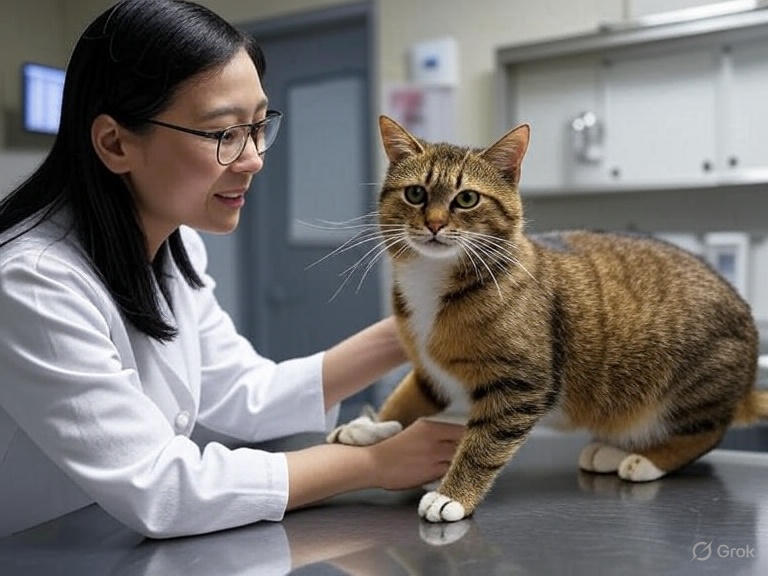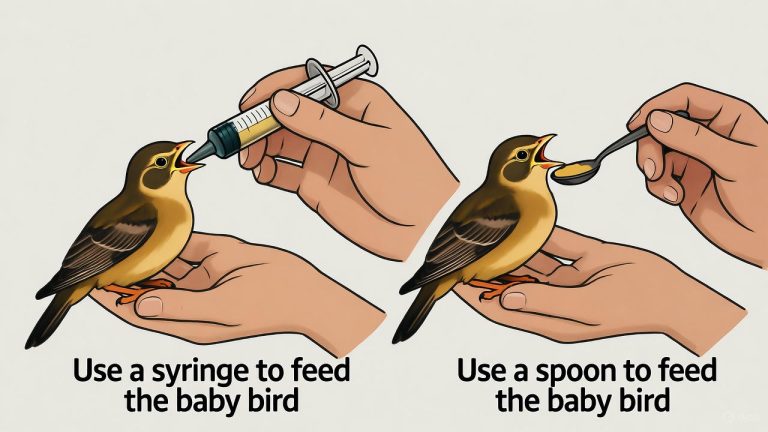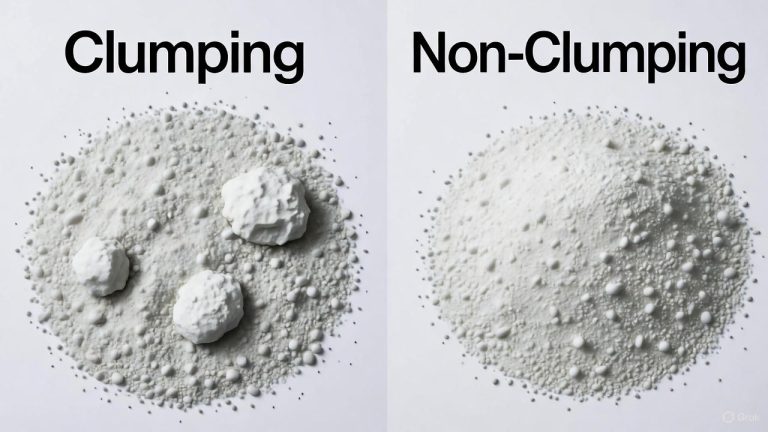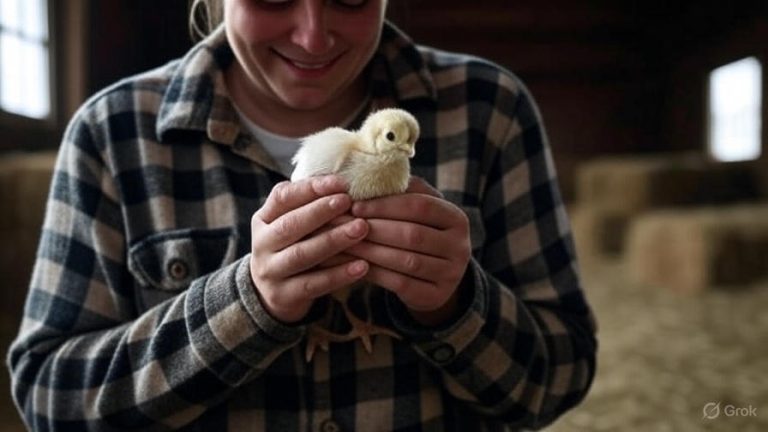How Much Does It Cost to Spay a Cat?
Bringing home a new kitten fills your heart with joy, but it also brings important decisions about your pet’s health care. One of the most crucial choices you’ll face involves spaying your female cat. This surgical procedure prevents unwanted pregnancies while offering significant health benefits for your feline companion.
Cat owners across the country ask the same pressing question: “How much will spaying my cat cost?” The answer varies dramatically based on several factors, from your location to your chosen veterinary clinic. This comprehensive guide breaks down everything you need to know about spay surgery costs, helping you budget for this essential procedure.
Understanding Cat Spaying Surgery
Spaying, also known as ovariohysterectomy, involves the surgical removal of a female cat’s ovaries and uterus. Veterinarians perform this procedure under general anesthesia, making a small incision in the abdomen to access the reproductive organs. The surgery typically takes 30 to 60 minutes, depending on your cat’s age and overall health condition.
The procedure eliminates your cat’s ability to reproduce while reducing the risk of certain cancers and infections. Many pet owners choose spaying as a responsible way to control pet overpopulation while protecting their cat’s long-term health.
Average Cost Breakdown for Cat Spaying
Standard Veterinary Clinics
Most traditional veterinary practices charge between $200 and $500 for cat spaying procedures. This price range reflects the comprehensive care your pet receives, including pre-surgical examinations, anesthesia monitoring, surgical expertise, and post-operative care instructions.
Private veterinary clinics often provide personalized attention and flexible scheduling options. Your regular veterinarian already knows your cat’s medical history, which can streamline the pre-surgical process and ensure continuity of care.
Low-Cost Spay and Neuter Clinics
Low-cost clinics offer spaying services at significantly reduced rates, typically ranging from $50 to $150. These facilities focus specifically on spay and neuter procedures, allowing them to operate with lower overhead costs and pass savings on to pet owners.
Many low-cost clinics maintain high surgical standards while offering affordable options for budget-conscious families. These clinics often partner with animal welfare organizations to make pet sterilization accessible to more pet owners.
Animal Shelters and Rescue Organizations
Local animal shelters frequently provide spaying services at discounted rates, usually between $75 and $200. Many shelters offer these services to the general public, not just for animals they’ve placed for adoption.
Rescue organizations sometimes host special spay and neuter events, offering even deeper discounts during certain times of the year. These events help communities address pet overpopulation while making essential veterinary care more affordable.
Factors That Influence Spaying Costs
Geographic Location Impact
Your location significantly affects spaying costs. Urban areas with higher costs of living typically charge more for veterinary services. For example, spaying a cat in New York City or San Francisco costs considerably more than the same procedure in rural areas.
Regional variations also reflect local competition among veterinary practices and varying operating expenses. Rent, utilities, and staff salaries all contribute to these geographic price differences.
Cat’s Age and Size Considerations
Young, healthy cats under six months old generally cost less to spay than older cats. Kittens require less anesthesia and typically experience faster recovery times, reducing overall procedure complexity and cost.
Larger cats may require higher anesthesia doses and longer surgical times, potentially increasing the final bill. Senior cats often need additional pre-surgical blood work to ensure they can safely undergo anesthesia, adding to the total expense.
Pre-Surgical Requirements
Most veterinarians require pre-surgical examinations to assess your cat’s health status before spaying. This examination typically costs between $50 and $100, depending on the clinic and the extent of testing required.
Blood work helps identify potential complications before surgery begins. Basic blood panels cost approximately $80 to $150, while more comprehensive testing can reach $200 or more. Cats with underlying health conditions may need additional diagnostic tests.
Pain Management and Medications
Post-surgical pain medications ensure your cat’s comfort during recovery. Most clinics include basic pain relief in their spaying packages, but premium pain management options may cost extra.
Take-home medications, including antibiotics and pain relievers, typically add $30 to $80 to your total bill. Some cats require extended pain management, which increases medication costs.
Additional Services and Their Costs
Microchipping During Surgery
Many pet owners choose to microchip their cats during spaying surgery, since the cat is already under anesthesia. Microchipping typically adds $25 to $50 to your total cost while providing permanent identification for your pet.
This timing makes practical sense because your cat won’t experience additional stress from a separate procedure. The microchip insertion takes just seconds and provides lifelong peace of mind.
Dental Cleaning Combinations
Some veterinary clinics offer dental cleaning services alongside spaying procedures. This combination approach saves money on anesthesia costs while addressing multiple health needs during one visit.
Dental cleanings during spay surgery typically add $150 to $300 to your bill, but you save money compared to scheduling separate procedures. This option works best for cats with existing dental issues that require professional attention.
Extended Recovery Monitoring
Some clinics offer extended monitoring services for cats that need extra attention during recovery. This service typically costs an additional $50 to $100 but provides valuable peace of mind for worried pet parents.
Extended monitoring includes regular vital sign checks, pain assessment, and professional oversight during the critical first hours after surgery. This option particularly benefits anxious cats or those with underlying health concerns.
Ways to Reduce Spaying Costs
Financial Assistance Programs
Many communities offer financial assistance programs for pet owners who cannot afford full-price spaying services. These programs often target low-income families, senior citizens, or disabled individuals who qualify based on specific income requirements.
National organizations like the ASPCA and Humane Society maintain databases of local assistance programs. Your state’s veterinary association may also provide information about available financial aid in your area.
Seasonal Promotions and Discounts
Many veterinary clinics and animal welfare organizations offer seasonal promotions during specific times of the year. February often brings “Spay Day” promotions, while some clinics offer summer discounts to encourage responsible pet ownership before kitten season peaks.
Military personnel, students, and senior citizens frequently qualify for special discounts at participating veterinary clinics. Always ask about available discounts when scheduling your cat’s procedure.
Package Deals and Bundled Services
Some veterinary practices offer package deals that combine spaying with other services like vaccinations, microchipping, or routine health examinations. These bundles often provide significant savings compared to scheduling services separately.
Multi-pet discounts benefit families with multiple cats needing spaying services. Some clinics reduce per-pet costs when you schedule multiple procedures during the same time period.
Insurance Coverage for Spaying Procedures
Pet Insurance Considerations
Most pet insurance plans do not cover spaying costs because insurers classify the procedure as elective rather than medically necessary. However, some wellness plans or add-on coverage options may include spaying benefits.
Carefully review your pet insurance policy terms to understand what’s covered. Some plans offer annual allowances for preventive care that might apply to spaying expenses.
Wellness Plan Options
Many veterinary clinics offer wellness plans that spread the cost of routine care, including spaying, over monthly payments. These plans often provide cost savings while making budgeting easier for pet owners.
Wellness plans typically include multiple services like vaccinations, examinations, and dental cleanings along with spaying coverage. The monthly payment structure helps manage veterinary expenses throughout the year.
Preparing for Your Cat’s Spaying Procedure
Pre-Surgery Preparation Steps
Your veterinarian will provide specific pre-surgery instructions, typically including fasting requirements. Most cats must stop eating 12 hours before surgery to prevent complications during anesthesia.
Schedule a quiet day at home following your cat’s procedure. Remove other pets from the recovery area and prepare a comfortable space where your cat can rest undisturbed.
Post-Surgery Care Expectations
Plan to monitor your cat closely for the first 24 to 48 hours after surgery. Watch for signs of complications like excessive bleeding, vomiting, or difficulty breathing. Contact your veterinarian immediately if you notice concerning symptoms.
Keep your cat indoors and restrict activity for 10 to 14 days following surgery. Prevent jumping, running, and rough play to allow proper healing of the surgical site.
Long-Term Health Benefits and Cost Savings
Disease Prevention Advantages
Spaying your cat before her first heat cycle dramatically reduces the risk of mammary cancer, which affects up to 12% of unspayed female cats. Early spaying also eliminates the risk of ovarian and uterine cancers entirely.
Pyometra, a life-threatening uterine infection, occurs exclusively in unspayed females. Emergency pyometra surgery costs significantly more than routine spaying while carrying higher surgical risks for your cat.
Behavioral Benefits
Spayed cats don’t experience heat cycles, eliminating the stress and behavioral changes associated with these periods. You won’t deal with excessive vocalization, attempts to escape, or marking behaviors that intact females often display.
Heat cycles occur every two to three weeks during breeding season, creating ongoing stress for both cats and their families. Spaying eliminates these disruptive cycles permanently.
Population Control Impact
Every spayed cat prevents dozens of unwanted kittens from entering an already overwhelmed shelter system. This responsible choice helps reduce euthanasia rates while supporting community animal welfare efforts.
Unplanned litters create significant financial burdens for pet owners. Feeding, vaccinating, and caring for multiple kittens costs far more than a single spaying procedure.
Choosing the Right Veterinary Provider
Research and Comparison Shopping
Compare prices from multiple veterinary providers in your area, but remember that the lowest cost doesn’t always represent the best value. Consider the quality of care, facility cleanliness, and staff experience when making your decision.
Read online reviews and ask for recommendations from other pet owners in your community. Your local pet store or groomer may provide valuable insights about reputable veterinary practices.
Questions to Ask Veterinary Clinics
Ask about what’s included in the quoted spaying price. Some clinics include pain medications and follow-up examinations, while others charge separately for these services.
Inquire about emergency contact procedures if complications arise after hours. Understanding the clinic’s after-care support helps you make informed decisions about your cat’s surgical care.
Red Flags to Avoid
Be cautious of extremely low prices that seem too good to be true. Quality veterinary care requires proper equipment, trained staff, and appropriate medications, all of which cost money.
Avoid clinics that rush you through consultations or refuse to answer questions about their procedures. Your cat’s health deserves careful attention and professional expertise.
Making the Financial Decision
Budgeting for Spaying Costs
Start saving for your cat’s spaying procedure as soon as you bring her home. Setting aside $20 to $30 monthly creates a fund that covers most spaying costs within a few months.
Consider opening a separate savings account dedicated to veterinary expenses. This approach helps you avoid dipping into spaying funds for other purposes.
Payment Options Available
Many veterinary clinics accept credit cards and offer payment plans for expensive procedures. Some practices partner with financing companies that provide low-interest loans for veterinary care.
CareCredit and similar medical financing options often provide promotional periods with no interest charges. These programs help spread spaying costs over several months without additional fees.
Conclusion: Investing in Your Cat’s Health
Spaying your cat represents one of the most important health investments you’ll make for your feline companion. While costs vary significantly based on location and provider choice, the long-term benefits far outweigh the initial expense.
Budget between $50 and $500 for your cat’s spaying procedure, depending on your chosen provider and additional services. Remember that this one-time investment prevents costly health problems while contributing to animal welfare in your community.
Start planning for your cat’s spaying procedure early, research providers thoroughly, and take advantage of available discounts or assistance programs. Your cat’s health and your community’s pet population will benefit from this responsible decision.
The cost of spaying your cat pales in comparison to the expenses associated with unplanned litters, emergency reproductive health issues, or cancer treatments later in life. Make this important investment in your cat’s future health and happiness.







